I first stumbled across Vanessa Pirotta’s fascinating work involving whales through Twitter. She is an Australian based wild life conservationist working with cetaceans (a word that refers to whales, dolphins and porpoises). Her investigative work has led her to locations around the world collecting various data. She is most known for her research in collecting whale snot through the use of a customized collection system carried by drones. She is also a strong advocate for citizen science to help complement research from scientists in the preservation of wildlife.
Here are a number of questions about her background, work and related travels.
Q. Introduce yourself to our readers. Where you are from, brief background.
I’m Vanessa from Sydney, Australia. I’m a marine biologist/science communicator/free diver and love the outdoors. I recently finished my PhD based on cetacean (whale, dolphin and porpoise) conservation. After my PhD, I went on the trip of my trip of a lifetime and finally make it to the Galapagos Islands (!!), Machu Picchu (Cuzco), the Amazon and Altiplano in beautiful Bolivia. I ticked a massive bucket list item and saw river dolphins! They were amazing and something I had always want to see. I absolute love travelling and can’t wait to do more that I have finished my PhD.
Q. How did you become interested in whale research and what does your research involve? Touch on your fascinating drone research in particular.
As long as I can remember, I always had a fascination with whales and dolphins. I grew up on a farm inland of Australia and the closest beach to me was three hours away, so I find this a little bizarre.
My PhD is diverse and touches on a variety of approaches for the conservation of cetaceans. One of my most popular chapters looks at implementing new technologies, such as drones to monitor whale health via the collection of whale snot- that visible plume of spray you can see when a whale takes a breath. We can collect that and look for bacteria and viruses (I know, kinda gross but so exciting!!). As part of this, I collaborated with drone experts in industry and together we designed and custom built waterproof, whale snot collecting drones. We successfully published our work in the scientific literature and are leading the way for sampling whale health via this method.
Q. What is Science Communication (scicomm) and why is it so valuable?
Science communication or scicomm is all about making science accessible to everyone. During my PhD I had to explain my research on a variety of platforms and developed a love for the field. It’s kinda like story telling but learning along the way by making concepts relatable to an everyday person. It’s becoming such a big field that there are even competitions for scientists. This year I participated in a prestigious science communication competition known as Famelab talking about my whale snot research. I won the Australian title and was fortunate to have participated on the international stage in the UK where I placed international runner up. The entire journey has helped me develop my scicomm skills and allowed me to meet so many wonderful people along the way.
Q. What advice would you give others (especially young women) who are interested in pursuing a career in science?
Go for it! Everyones journey will look completely different, that’s really important to be aware of. It is also about working out what you find important and are passionate about. That will drive you to work hard and hopefully be where you want to be. Even after finishing my PhD, I’m still pursing many different avenues in the science world and learning along the way. The importance of women in science is being recognised and its exciting times for women entering into exciting science fields. For those in that position, I would recommend getting in touch with people in the fields you are interested in e.g. a lecturer, industry personnel, science communicator, researcher. Remember to ask questions, be persistent and proactive.
Q. Who was the biggest influence in your professional life?
My PhD supervisors. I have been fortunate to work with three wonderful supervisors during my PhD, each very successful in their fields. They have provided grounded advice throughout my PhD and also allowed me to pursue research paths and supported my desire to enter into the science communication world.
Q. What accomplishment are you most proud of?
My whale snot drone research by far! I was able to foster a science and industry collaboration into something colourful, exciting and innovative for whale conservation. It has also taught me a lot about where I want to be in my science career and the importance of science communication. In addition, it has a strong message about women in science and allows me to share a positive message of encouragement for younger demographics wanting to enter into science.
Q. Your trips involving whale research have taking you to some rather intriguing destinations including Madagascar, Antarctica and Tonga. What was your time in Tonga like?
I have been extremely fortunate to have traveled to some fabulous locations around the world for whale research, in fact, I only just got back from Timor-Leste this week. However, I have spent most of my time in Tonga for whale research on the island of Vava’u. This is a northern island in the Tongan island archipelago. I fell in love with the environment and people. I love that nature is everywhere, from the piglets running around the roads to the whales swimming in people’s backyards. The water is beautiful.
The area is known as a breeding ground for humpback whales – often you can see mothers with their newborn calves resting in the area. This as you can imagine has brought along with it a thirst for people to see these animals and now is the basis of a massive swim-with industry. To help minimise impact on whales, the Kingdom of Tonga has implemented the Whale Watching and Swimming Regulations 2013, which are to be adhered to by swim operators. Swimming with whales (via a licensed operator) is acceptable on all days of the week except Sundays, due to the the religious nature of Tonga, which is reserved for church. I highly recommend visitors sit in on Church while there. The singing is beautiful and fills the streets every Sunday morning. Once church is done, its time for a Sunday feast and I have been privileged to eat with the locals. Fresh fish, meats and a variety of vegetables including my favourite, kumara (sweet potato).
Q. What excites you about travel?
I love seeing new things, experiencing new wildlife, being active and learning. Travel ticks all those boxes for me. I’m also into wildlife photography as a hobby and enjoy snapping new animals and providing science communication to accompany my photos via social media. I love experiencing places that I have read about and seen on TV and then actually being there- that feeling is amazing and the Galapagos was just like that for me. I had spent years at university learning about evolution and then being there on the islands we had spoken about and then seeing Darwin finches and the different beaks of these birds was just so special. Another special travel moment recently was climbing Huayna Picchu/Wayna Picchu at Machu Picchu, Cuzco. Once I made it up a little hike, the view from the top was so rewarding and worth it!
Q. Do you have any cute travel stories from your time on the road – involving wildlife in particular?
Yes! In Madagascar, I had just come ashore after a morning of whale research and there were lemurs! I decided to take a video to show my family and social media following. As I spoke to the camera, the lemurs put on the most wonderful show behind me!
Q. Since you live in Sydney, what are some of the more unique experiences that you can recommend to our readers who might live in the city or have a trip planned there.
Whale watching is obviously number one on my list. We start to see whales off Sydney heading north to Queensland in late May. The peak of the northern migration is June and July and then they start to head south again from August until November and even December. They Head south back to Antarctica over the Austral summer to feed on small krill (shrimp like organisms). You can whale watch via a boat and on land. Land watching off Sydney is great! I can recommend North Head if you are based around Manly. South Head is also a good spot. The Eastern Suburbs off Sydney is elevated and one massive whale watching platform. I also like Cronulla and the Kurnell National Park. I teamed up with the New South Wales National Parks and Wildlife Services to create science communication content for people wanting to watch whales in NSW. Check it out via my website science communication page: www.vanessapirotta.com It’s an online show called The Breach. Outside of whale season, I can recommend snorkelling at Shelley Beach, Manly. Thats a great one. Even a ferry trip along the Harbour is a great way to see the city year round.
Readers can follow Vanessa here:
Twitter
Facebook
Website

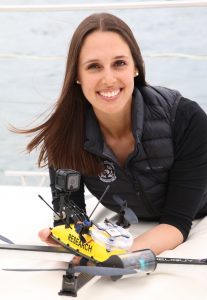
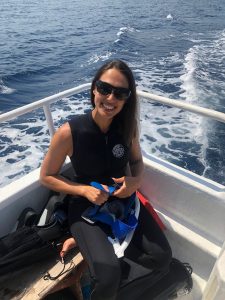
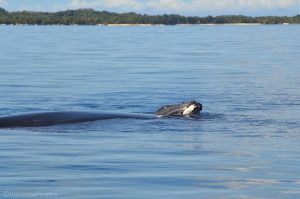
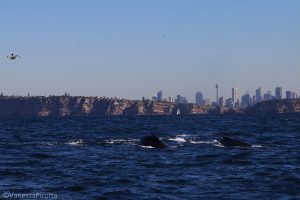
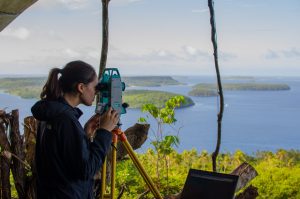
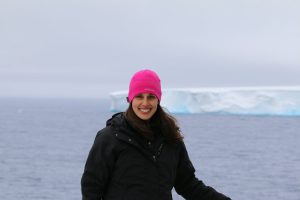
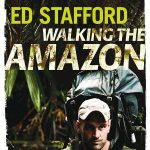
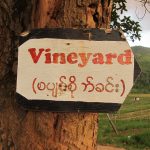
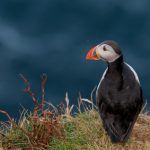
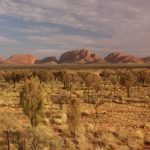
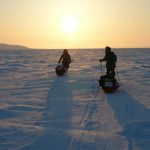

Interesting and insightful revelation into whale conservation efforts and it has potential to be turned into educational tourism.
There are a lot of uses for drones, this is one I never would’ve thought of!